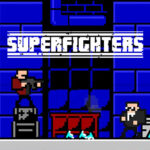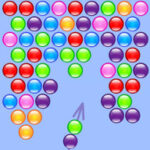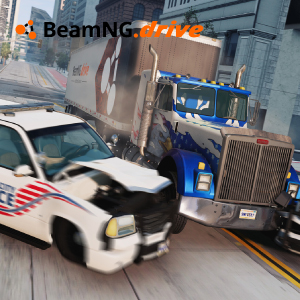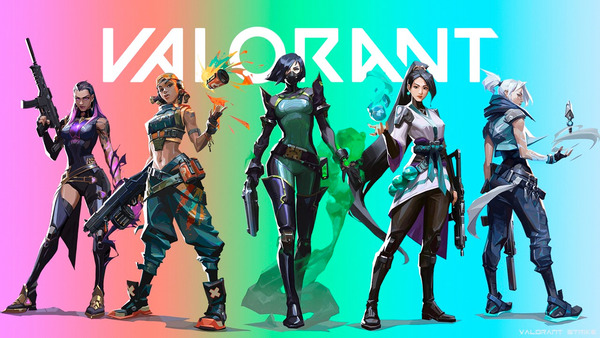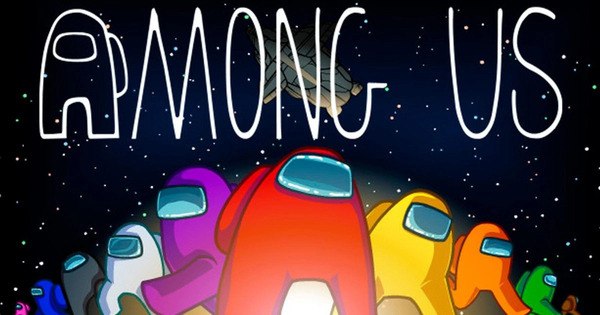Sonic the Hedgehog™ Classic is more than just a nostalgic arcade game — it is a cultural icon that has influenced generations of gamers and shaped the identity of an entire brand. Originally released in 1991 by SEGA for the SEGA Genesis (also known as Mega Drive), Sonic burst onto the scene as the blue blur with attitude, challenging Nintendo’s Mario and carving out his own high-speed legacy.
Fast, fun, and filled with colorful levels, Sonic the Hedgehog™ Classic remains a beloved platformer even decades after its debut. Today, it’s available on modern devices including mobile phones and consoles, ensuring that both veteran fans and new players can enjoy one of the most iconic platforming experiences in gaming history.
1. The Birth of Sonic the Hedgehog
The early 1990s marked a fierce competition between video game giants, primarily SEGA and Nintendo. In a bold move to rival Mario’s popularity, SEGA created Sonic the Hedgehog — a cool, fast-moving character with attitude and style. Developed by Sonic Team and designed by Yuji Naka and Naoto Ohshima, Sonic became SEGA’s official mascot.
Sonic the Hedgehog™ Classic was released in 1991, focusing on speed-based platforming with sharp controls, vibrant visuals, and catchy music. It quickly became a commercial success and positioned the SEGA Genesis as a serious competitor to the Super Nintendo.
What made Sonic stand out wasn’t just his speed — it was his personality. Sonic exuded coolness, targeted a slightly older demographic, and brought a fresh, energetic vibe to platforming games.
2. Gameplay Mechanics and Speed Innovation
At the core of Sonic the Hedgehog™ Classic lies a unique gameplay loop that emphasizes speed and momentum. Players control Sonic through multiple side-scrolling levels called Zones, each split into Acts. The objective is to reach the end of each stage while collecting golden rings, avoiding enemies, and defeating the evil Dr. Robotnik.
Unlike slower-paced platformers, Sonic introduced the concept of speed-based progression. Slopes, loops, springs, and ramps allowed players to blast through levels in record time — but the real skill came in balancing that speed with precision platforming.
Players who mastered Sonic’s momentum found secret paths, shortcuts, and hidden items. The gameplay encouraged replayability by rewarding those who explored each level’s intricacies while maintaining high-speed flow.
3. Iconic Zones and Visual Style
Each Zone in Sonic the Hedgehog™ Classic had its own theme, hazards, and visual identity. The game starts in the lush and vibrant Green Hill Zone, one of the most iconic levels in gaming history. Players then progress through more complex environments such as Marble Zone, Spring Yard Zone, Labyrinth Zone, and Scrap Brain Zone.
The level design mixes speed with challenge. While some levels encourage rapid movement, others require careful timing and environmental navigation. The final levels introduce tougher enemies and traps, increasing the stakes as players near the game’s climax.
Sonic’s world is crafted with a distinctive 16-bit art style — bright, expressive, and endlessly charming. Even decades later, the pixel art remains memorable and instantly recognizable.
4. Music and Sound Design
A major part of Sonic the Hedgehog™ Classic’s identity comes from its music. The soundtrack, composed by Masato Nakamura, blends pop-rock influences with catchy melodies that perfectly match the fast-paced gameplay. Tracks like “Green Hill Zone” have become iconic not just in gaming, but in pop culture.
Each Zone’s soundtrack is tailored to the mood and visual theme, enhancing immersion. From the bouncy energy of Spring Yard Zone to the eerie tones of Labyrinth Zone, the music supports the rhythm of gameplay without overwhelming it.
Sound effects like Sonic’s jump, the ring chime, and the warning siren before a boss fight are instantly recognizable. Together, they create an unforgettable audio experience.
5. Boss Battles and Dr. Robotnik
At the end of each Zone, players face a boss battle against Dr. Robotnik, Sonic’s nemesis. These encounters are relatively simple by modern standards but offer varied mechanics. Robotnik uses a different machine in each battle, from swinging wrecking balls to fire-shooting hovercrafts.
The boss fights reinforce the game’s themes — speed, agility, and timing. Players must react quickly, avoid hazards, and strike Robotnik at the right moments. The final battle in Scrap Brain Zone is more intense, providing a satisfying conclusion to Sonic’s journey.
Dr. Robotnik (also known as Eggman in later games) is a comical yet threatening villain whose machines always bring a new challenge. His role in Sonic the Hedgehog™ Classic set the stage for future confrontations in the series.
6. Special Stages and Chaos Emeralds
In addition to main levels, Sonic the Hedgehog™ Classic features Special Stages where players can collect Chaos Emeralds. By finishing a level with 50 or more rings and jumping into the giant ring, players are transported into a rotating maze-like level.
The goal is to navigate the stage and reach the Emerald before time runs out. These stages test spatial awareness and quick thinking, diverging from the high-speed core gameplay. Collecting all six Chaos Emeralds grants the best ending in the game.
Though basic compared to future iterations, the Special Stages introduced a layer of depth and a reason to replay levels with care and precision.
7. Legacy and Influence on the Franchise
The success of Sonic the Hedgehog™ Classic launched one of the most recognizable gaming franchises in history. SEGA quickly followed up with Sonic the Hedgehog 2, Sonic CD, Sonic & Knuckles, and others. Each sequel built on the foundation of the original, refining mechanics and adding new features like the Spin Dash and multiplayer support.
The original Sonic laid the groundwork for decades of games, comics, TV shows, and even major motion pictures. Sonic became more than a game character — he became a brand. Today, Sonic is recognized globally alongside Mario, Pikachu, and other icons.
The original game’s tight controls, bold design, and character personality influenced countless platformers and solidified SEGA’s place in gaming history.
8. Revival Through Mobile and Modern Platforms
Thanks to its enduring popularity, Sonic the Hedgehog™ Classic was ported to various systems over the years. It is now available on iOS, Android, PC, and modern consoles as part of retro collections or standalone downloads.
The mobile version, developed by Christian Whitehead, is particularly praised for its smooth performance, widescreen support, and enhanced controls. It includes quality-of-life improvements while staying faithful to the original gameplay.
These revivals ensure that younger generations can experience the game as smoothly as possible while preserving its nostalgic charm for older players.












